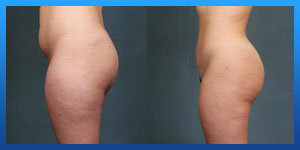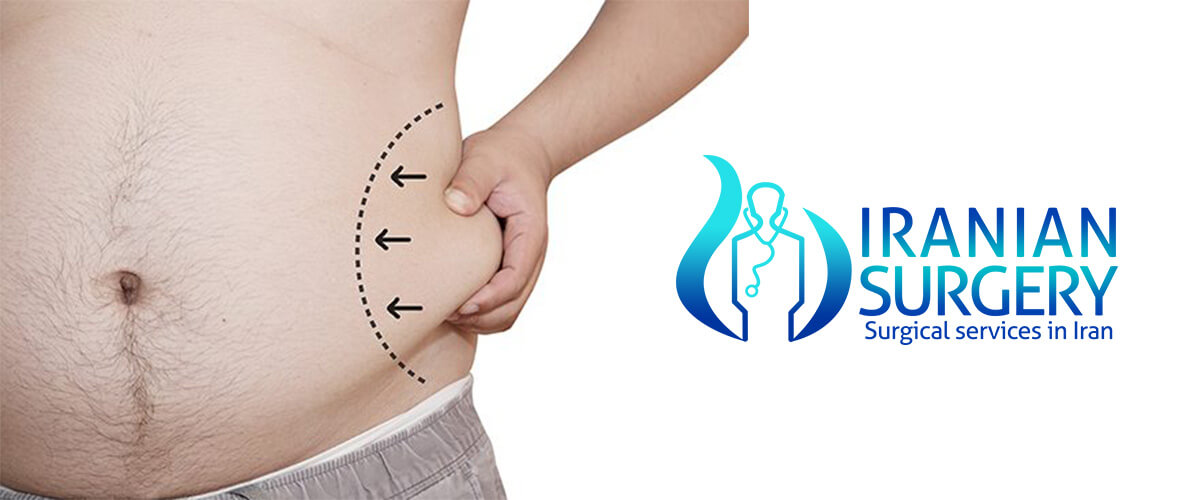What is the process of liposuction?
How fast can I get liposuction?
What should I do before liposuction?
How painful is liposuction recovery?
How is a liposuction procedure performed?
For the liposuction surgery, very small incisions are made at the place from where the fat is to be removed and then a narrow tube called cannula is inserted into a small incision nearby the targeted area. Next, this tube is attached to a strong vacuum which is drawn back and forth within the excess fat in order to draw it out while keeping the blood vessels and nerves intact.

Read more about : Liposuction Podcast with Dr. Afshan shah
Some liposuction procedures may require only local anesthesia and intravenous sedation limited to a specific area of your body. Other procedures may require general anesthesia, which induces a temporary state of unconsciousness.
The surgical team will monitor your heart rate, blood pressure and blood oxygen level throughout the procedure. If you are given local anesthesia and feel pain during the procedure, tell your Plastic surgeon. The medication or motions may need adjustment.
The procedure may last up to several hours (usually takes between one and four hours), depending on the extent of fat removal.
If you’ve had general anesthesia, you’ll wake in a recovery room. You’ll typically spend at least a few hours in the hospital or clinic so that medical personnel can monitor your recovery. If you’re in a hospital, you may stay overnight to make sure that you’re not dehydrated or in shock from fluid loss.
Read more about : Vaser liposuction side effects
Read more about : How to massage lumps after liposuction?
Read more about : Abdominoplasty in Iran before and after
Read more about : Plastic surgery in Iran pictures
Read more about : Rhinoplasty surgery in Iran before and after
Read more about : Facelift surgery in Iran before and after
Type of liposuction surgery
What are the different types of Liposuction?
. Tumescent liposuction. This is the most common type of liposuction. The surgeon injects a sterile solution — a mixture of salt water, which aids fat removal, an anesthetic (lidocaine) to relieve pain and a drug (epinephrine) that causes the blood vessels to constrict — into the area that’s being treated. The fluid mixture causes the affected area to swell and stiffen.
The surgeon then makes small cuts into your skin and inserts a thin tube called a cannula under your skin. The cannula is connected to a vacuum that suctions fat and fluids from your body. Your body fluid may be replenished through an intravenous (IV) line.
. Ultrasound-assisted liposuction (UAL). This type of liposuction is sometimes used in conjunction with traditional liposuction. During UAL, the surgeon inserts a metal rod that emits ultrasonic energy under your skin. This ruptures the fat-cell walls and breaks down the fat for easier removal.
A new generation of UAL called VASER-assisted liposuction uses a device that may improve skin contouring and reduce the chance of skin injuries. VASER, is an ultrasonic cannula with several grooves that evenly disperse the energy, improving fat disruption and removal.
. Laser-assisted liposuction (LAL). This technique uses high-intensity laser light to break down fat for removal. During LAL, the surgeon inserts a laser fiber through a small incision in the skin and emulsifies fat deposits. The fat is then removed via a cannula.
. Power-assisted liposuction (PAL). This type of liposuction uses a cannula that moves in a rapid back-and-forth motion. This vibration allows the surgeon to pull out tough fat more easily and faster. PAL may sometimes cause less pain and swelling and can allow the surgeon to remove fat with more precision. Your surgeon may select this technique if large volumes of fat need to be removed or if you’ve had a previous liposuction procedure.
. Suction-assisted liposuction (SAL). The most traditional form of liposuction, draws fat out with a vacuum.
Read more about : Lipomatic
Read more about : How to Get Rid Of Swelling after Liposuction

